Imagine you are in a perfume store, carefully selecting a face cream. The salesperson offers you several options: a cream in white, pink, green, or yellow packaging. Your first instinct is probably to ask, “What ingredients are in this cream?” because you want to know exactly what you are putting on your skin. The same level of curiosity and care should apply when choosing what to wear. Too often, we focus solely on the brand, style, and color, overlooking the vital question: “How was this clothing made? And what impact does it have on our planet, but first of all on our health?
In today’s world, we are becoming increasingly aware that there is an alternative to conventional fashion—an industry that often contributes to environmental harm. This alternative is regenerative fashion—a concept that not only aims to minimize negative impacts but also actively seeks to repair and restore the environment.
Regenerative fashion begins with regenerative agriculture
At the heart of regenerative fashion is regenerative agriculture. This approach involves farming practices that not only sustain but actually enhance soil health. By enriching the soil with organic matter and supporting microorganisms, regenerative agriculture plays a crucial role in reducing carbon dioxide emissions and improving the water cycle.
Cotton, the most widely used natural fiber in the textile industry, accounts for about one-third of global fiber production. Conventional cotton farming, which relies heavily on plowing and extensive use of pesticides and herbicides, exacerbates soil erosion, disrupts soil ecosystems, and releases significant amounts of carbon dioxide into the atmosphere. Cotton represents approximately 26% of all fibers used in the fashion industry and occupies about 2.5% of the world’s arable land. For up to a billion people, including 100 million farmers, cotton is a vital source of income, placing it at the center of fashion’s environmental and social impact.
Every year, more than 300 million trees are felled to create cellulosic fibers such as viscose. If these trees were lined up, they could circle the Earth seven times. Currently, forests in Indonesia, Canada’s Boreal, and Brazil are being cleared to produce materials for next season’s fashion. However, by choosing raw materials from suppliers that utilize regenerative agricultural practices, we can help restore our soils, regenerate natural systems, and contribute to the decarbonization of our planet.
Regenerative agriculture is deeply rooted in ancestral biocultural wisdom and Indigenous scientific knowledge. It includes practices such as agroforestry, silvopasture, permaculture, aquaculture, and wetland rejuvenation, among others. Employing techniques like crop rotation, minimal or no-till farming, cover cropping, intercropping, and the use of natural compost, these practices collectively promote carbon sequestration, biodiversity enhancement, soil enrichment, and improved water systems.
Representing an age-old, nature-centered response to climate change, regenerative agriculture helps rejuvenate and restore lands that have fallen into states of degradation.

The Millennium Ecosystem Assessment has pointed out that – “During the past 50 years, humans have changed ecosystems more rapidly and extensively than in any comparable period in human history, largely to meet the growing demand for food, fresh water, wood, fibers, and fuel. This has resulted in a substantial and largely irreversible loss in the diversity of life on Earth.” Moreover, various studies highlight that approximately 12 million hectares of land are lost to drought and desertification each year. Today, 25% of the world’s total land area is already affected by degradation.
Fashion’s role in environmental degradation
Regenerative fashion taps into fibers sourced from farms practicing regenerative agriculture. Unlike textiles derived from petroleum-based materials, which pollute the planet during both production and after use, textiles produced through regenerative methods help heal the planet. It’s important to note that while recycled materials and circular fashion are beneficial, they are not synonymous with regenerative fashion. The true distinction lies in how the fibers are cultivated, rather than just how long the fabric remains in circulation.
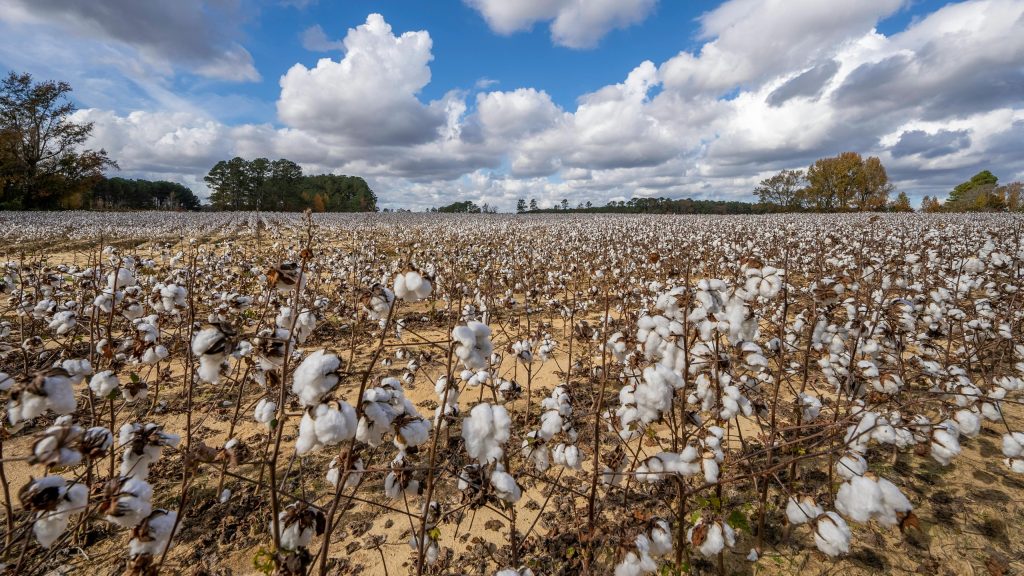 WHY REGENERATIVE FASHION MATTERS
WHY REGENERATIVE FASHION MATTERS
The fashion industry is a major player in environmental degradation, standing as the third-largest consumer of water and the fifth-largest emitter of greenhouse gases globally. Traditional cotton farming methods—characterized by intensive soil cultivation and heavy pesticide use—aggravate soil degradation and increase carbon emissions. Additionally, the fashion industry’s reliance on agricultural raw materials directly links it to soil degradation, ecosystem conversion, and biodiversity loss. The current agricultural model, which often involves intensive monocultural systems reliant on chemical fertilizers, leads to chemical pollution, soil nutrient imbalance, disrupted water cycles, poor carbon retention, and ultimately, land degradation. Given that soils host a quarter of Earth’s biodiversity, continued degradation at this rate could result in the world running out of topsoil within 60 years.

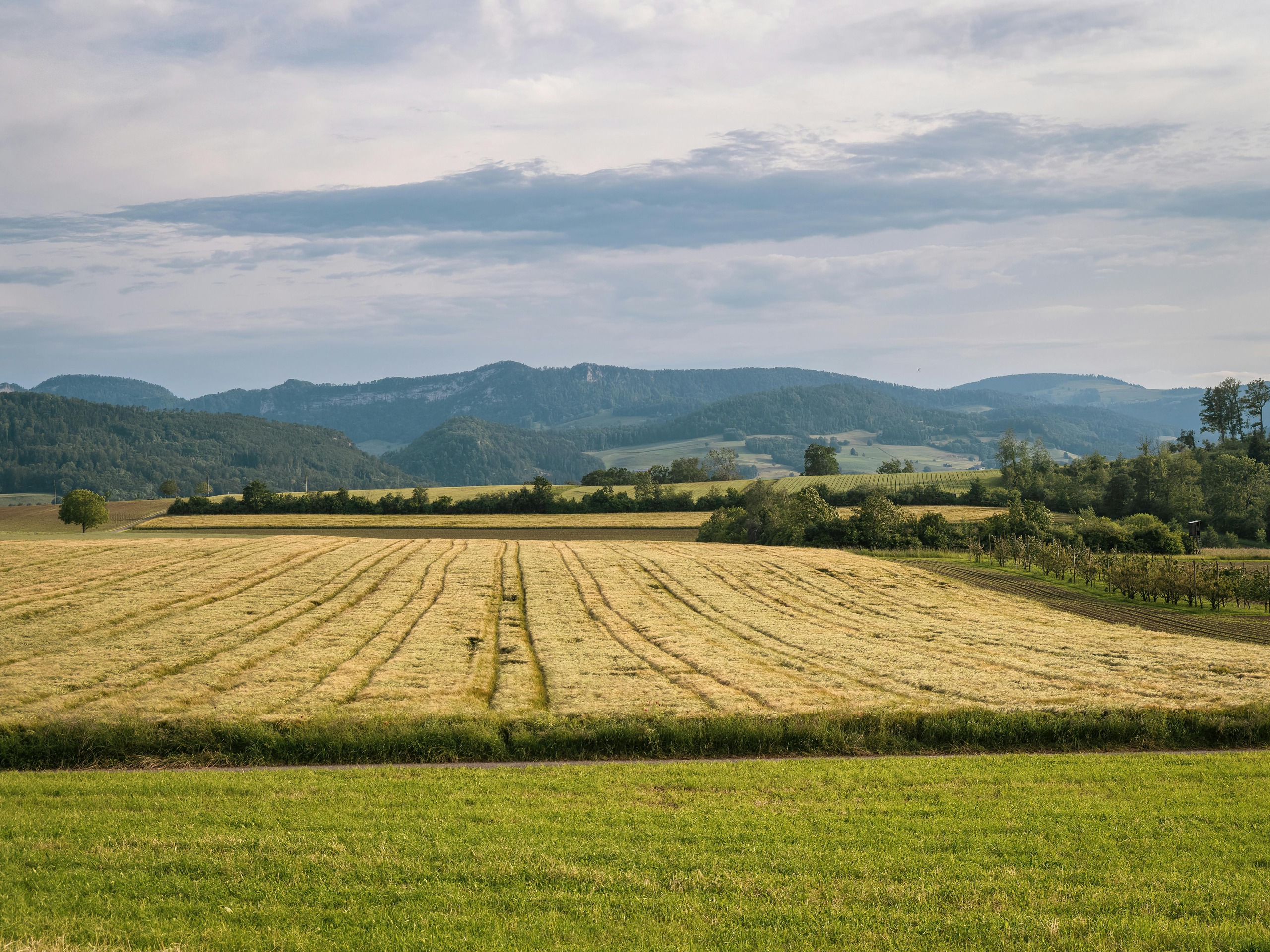

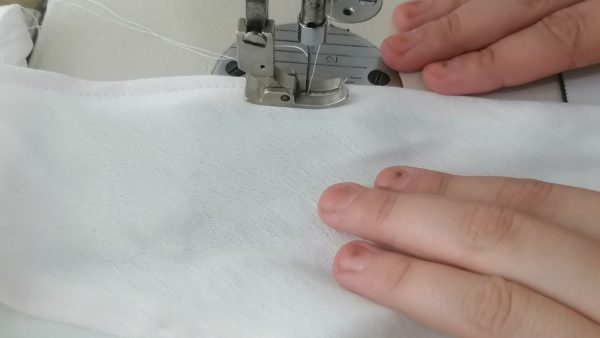
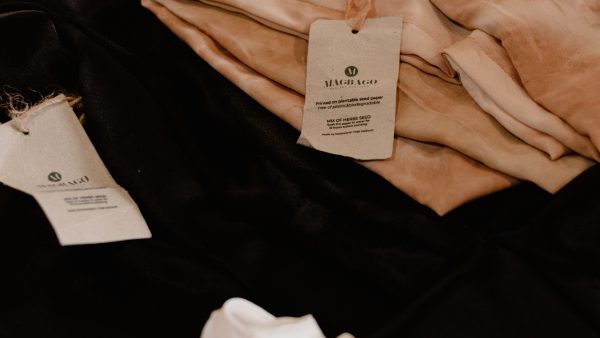
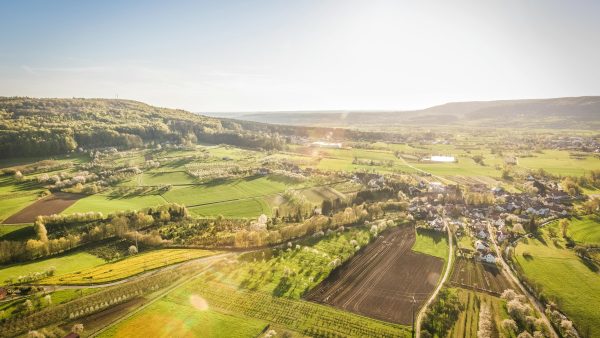
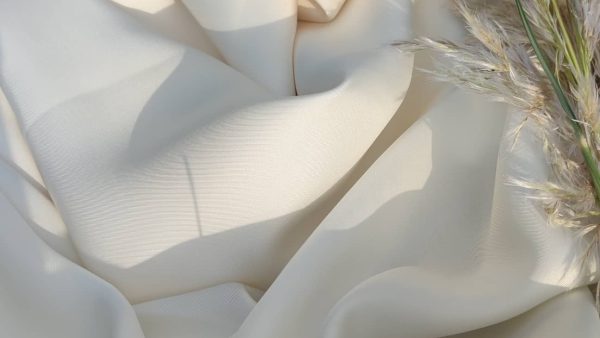
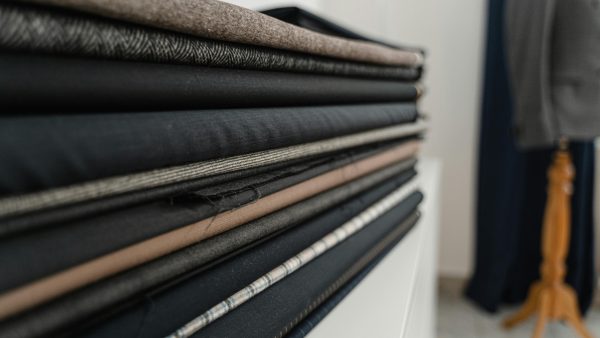
Leave a comment